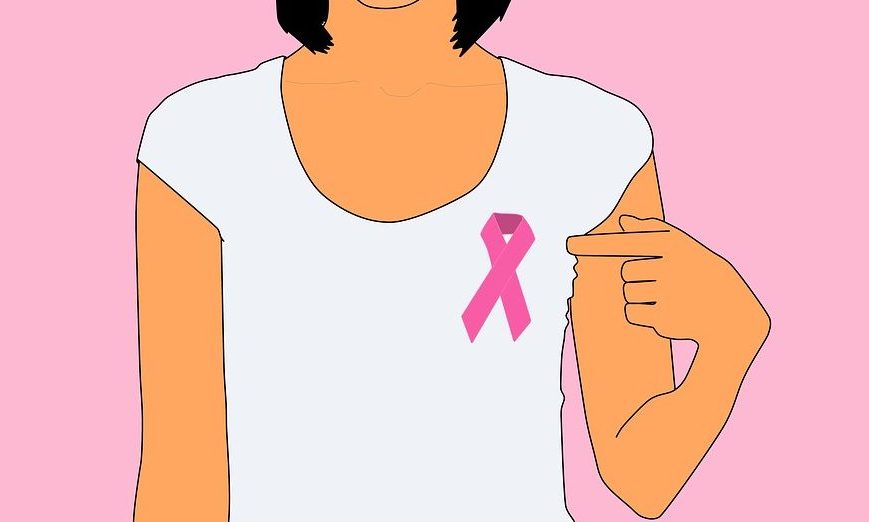What is the impact?
Breast cancer is the most common form of cancer and the second leading cause of death due to cancer in Canadian women (Canadian Cancer Society (CCS), 2016a). The far reaching influence of breast cancer is profound – many individuals can identify with this disease through their own personal experiences or the experiences of their loved ones. It is estimated that in 2016, 27,500 women will be diagnosed with breast cancer and 4,900 women will lose their lives from this disease (CCS, 2016a). It is also important to identify that breast cancer occurs in men as well, with approximately 230 men being diagnosed with breast cancer in 2016 and 55 men dying from this disease (CCS, 2016a). Since the 1980’s, the breast cancer death rate has been declining and this reduction is likely linked to awareness of screening methods and improvements in breast cancer treatments (CCS, 2016a).
Screening Methods
If breast cancer is detected early, the opportunity for a successful outcome is greater (Breast Cancer Society of Canada (BCSC), 2014). How can you take part in promoting the further increase in breast cancer survival rates? Learn how to take an active role in your own health and utilize the screening methods available!
1) Breast Self Examination
Learning how to perform a breast self examination is extremely important in assisting with early detection. By becoming familiar with how your breasts normally look and feel on a routine basis, you can more easily detect changes (BCSC, 2014). Changes to look out for include: lumps, skin dimpling, changes in skin colour or texture, changes in nipple appearance, and clear or bloody fluid leaking from the nipple (BCSC, 2014). All abnormal findings that you identify from your breast self exam should be reported to your health care provider (BCSC, 2014).
For a visual step-by-step breast self examination guide go here
2) Mammography
Mammography is a screening and diagnosis tool that detects the presence of breast cancer via detailed images of the breast from different angles (CCS, 2016b). The breast is flattened between two plastic plates in order to improve clarity, and then pictures are taken and analyzed (CCS, 2016b).
The Canadian Cancer Society (2016b) recommends that if you are 50-69 you should have a mammogram every two years, and if you are over the age of 70 you should discuss with your doctor how often you should get a mammogram. For those between the ages of 40-49, it is recommended that you talk to your doctor about your risk of breast cancer and the risks and benefits of going in for a mammogram (CCS, 2016b).
For more information on screening for breast cancer visit this site
For early detection programs in BC and mammography locations within Island Health click here
For tips on how to be more breast aware get The Breast Health Guide here in honor of Breast Cancer Awareness Month
References
Breast Cancer Society of Canada. (2014). Detection and breast health. Retrieved from http://www.bcsc.ca/p/43/l/508/t/Breast-Cancer-Society-of-Canada—Detection-and-Breast-Health
Canadian Cancer Society. (2016a). Breast cancer statistics. Retrieved from http://www.cancer.ca/en/cancer-information/cancer-type/breast/statistics/?region=bc
Canadian Cancer Society. (2016b). Screening for breast cancer. Retrieved from http://www.cancer.ca/en/prevention-and-screening/early-detection-and-screening/screening/screening-for-breast-cancer/?region=bc
